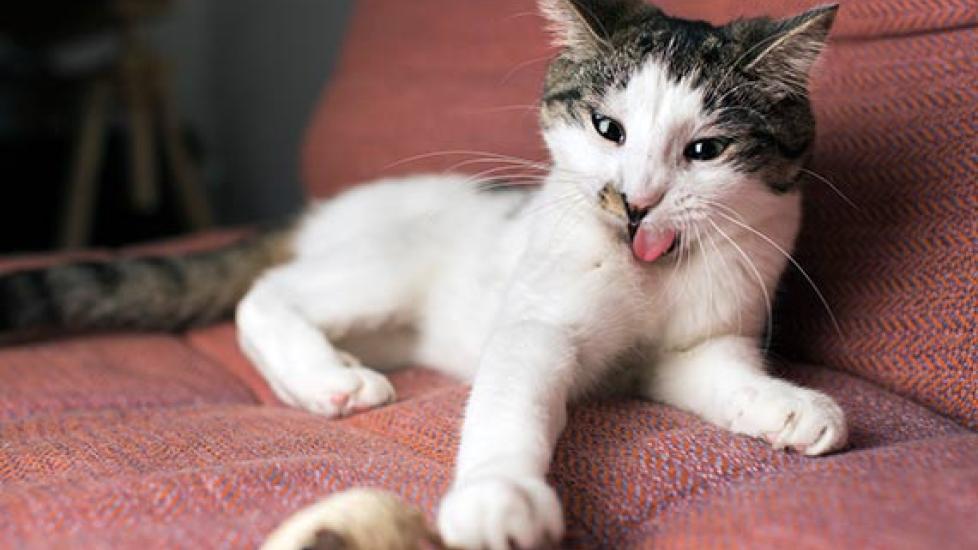Feed Cats Like They Eat in the 'Wild'
Researchers have done a lot of work to determine what the feline “natural” diet looks like. The reason is simple. Many of the most common feline diseases we diagnose these days are linked to how and what we feed our cats. Obesity and diabetes mellitus are obvious examples.
One study looked at how feral cats get their food. It showed that a “typical” feral cat will kill and eat approximately nine mice throughout the day, with a number of unsuccessful hunts scattered in as well. Another paper revealed that feral cats got 52% of their calories from protein and 46% from fat, which only leaves 2% available to come from carbohydrates.
So, left to their own devices, cats will eat multiple small meals throughout the day that are high in protein, high in fat, and low in carbohydrates. But that’s not all. These cats have to work to get their food. Their behavior is characterized by periods of rest broken up by short bursts of relatively intense activity.
This is quite unlike a typical housecat’s diet and exercise regime. Commercially available cat foods, particularly dry formulations, are generally much higher in carbohydrates than is the “natural” feline diet. If cats are fed canned food, they probably eat two meals a day (three if they’re lucky). Most cats who eat dry food have access to it all day long, which on the surface seems better since they can help themselves to small meals whenever they want, but this is the perfect set-up for obesity when cats don’t have to work for their food.
Short of releasing a bunch of live mice into your house for your cat to hunt every day, what’s the answer?
Pick your cat food wisely. High protein, moderate to high fat, and low carbohydrate formulations are generally best. Most quality canned foods fit this profile, and contrary to what you might have heard, a few dry varieties do a pretty good job as well. Here’s the nutritional profile of one dry food taken from the website of its manufacturer:
- Crude Protein 52.76%
- Crude Fat 23.86%
- Carbohydrate 8.41%
Consider purchasing a timed feeder that allows you to schedule multiple meals (preferably at least six) throughout the day. Feeders like these are also a godsend when cats want to eat in the wee hours of the morning. Another option is to place multiple food bowls in out of the way parts of the home, ideally in areas that make cats climb stairs or otherwise exercise before they eat. Food dispensing toys that cats have to roll around the house can also be helpful.
Don’t forget to make use of your cat’s natural hunting instincts to encourage exercise. Play with your cat several times a day using a kitty fishing pole, laser pointer, or other chase and pounce type toy. Your efforts to improve your cat’s diet and promote exercise will be rewarded with better health and fewer trips to the veterinary clinic.
